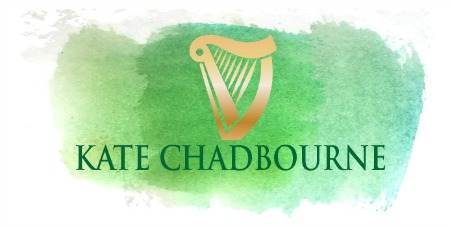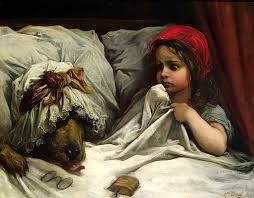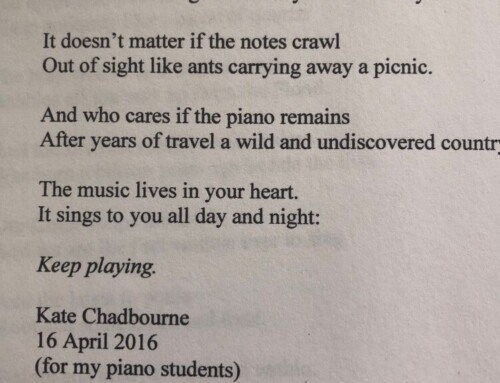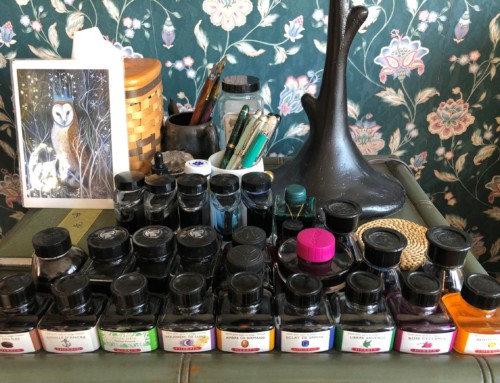Hello, friends!
Today I’d like to share with you a fun way to create a fairytale-inspired poem-story about YOU. I invented this exercise to use with young poets I’m guiding currently and we’ve all enjoyed it so much.
Here’s what you do:
- Fill in the blanks here: “Once there was a X named Y.”
For instance, you might choose as my young poets did, something like this: “Once there was a poet named Sebastian.” Or, “Once there was a singer named Charlene.” Or, “Once there was an adventurous spirit called Tam.” Whatever feels good and true for you is perfect.
2. Fill in this blank: “S/he lived…”
The point of this line is to establish what I think of as a “baseline.” In fairytales, we often encounter a line like this: “She lived with her old mother in a cottage at the edge of the woods.” This line paints a picture of how things were before the challenge/adventure/problem to come.
Perhaps you’ll say, “She lived in a cozy little apartment amid friendly neighbors in a bustling city.” Or, “He lived with his love in a rented house with too many cats and too few closets.” Or, “They lived with a merry band of roommates in a flat that was always loud with music and laughter.”
3. Fill in these blanks: “One day, X appeared and Y happened..”
This line introduces the “wolf” – the conflict or problem the hero or heroine must solve. I have had the privilege of working with some wonderful visually-impaired writers and their “wolf” has sometimes been the circumstances that brought about their vision loss. “One day, Shannon fell seriously ill and when she woke up from surgery, the world was dark and it remained so, no matter what anyone did. She grieved and raged and had to learn how to live in the world all over again.”
We all have a “wolf” in our lives, and most of us encounter several on the road to our (temporary) happily ever afters. Your wolf might be divorce, or the job loss, or illness, or heartbreak. Whatever it is, don’t be afraid to place it in this third line and to say a little about the hardship or challenge it brought into your life. Don’t worry: the poem is not over yet!
4. Fill in this (very open) blank: “But…” And afterwards: “S/he drew on…”
Here is an example. “But she refused to give up. She insisted on her independence. She learned how to use new technologies. She drew on her stubborn nature and her courage.”
The point of this line is to show to you, dear reader, your own strength, virtue, and resilience. If you’re here, you’re a survivor. You’re making it through.
What has made it possible for you to vanquish or banish your own wolf? Include outside help (and it’s fun to refer to medicine as “potions” and helpers as “wizards” or “fairy godmothers”), but please be sure to include your own qualities and strengths in this line. This is important.
5. Fill in this line: “And that is how s/he won her/his happily ever after in which…”
With this line, we arrive safely at the temporary harbor of “happily ever after.” We know, of course, that life is always changing and that new wolves will appear and that we’ll draw on other strengths and resources to deal with them, but this line offers us a moment to savor and celebrate.
It also offers a moment to dream.
With my young writers, I’ve encouraged them to think into the future. What would you LIKE to include in your happily ever after? One of them said, “And that is how she won her happily ever after in which she graduates from college with honors and gets a wonderful, well-paid job she loves.” Isn’t that marvelous?
Now let me give you a completed poem as an example in the hopes it will help you try your hand at this exercise.
Once upon a time there lived a poet named Charlotte.
She lived with her mother and father and a friendly dog in a house by the Sea.
One day she noticed that her sight was changing. She began to trip and stumble. She began to feel less confident. Little by little, the world darkened. Things that used to be easy were now hard. She was angry. She was sad. She felt that her life was over before it even started.
But sad as she was, she never entirely gave up. She visited wise men and wise women, she consulted with witches and wizards, she drank potions, and sat quietly as spells were cast over her. In time she met others like her and she made friends and knew she wasn’t alone. She grew more determined. She ventured out into the world. She dared to travel and to visit new places. She drew on her courage and her good humor. She summoned up all her love for life.
And that is how she won her happily ever after in which she lives as free as the wind, in which she teaches others who need her magic, and in which she is wild and happy, loving and powerful.
We are all living stories like this. I hope this poetry spark will help you see your own with appreciation and admiration, and will show you your own strength, resilience, and power.
If you write one of these, I’d be so honored to read it. Feel free to leave a comment or write to me at kate@katechabourne.com to tell me about your poem and your experience of writing it.




